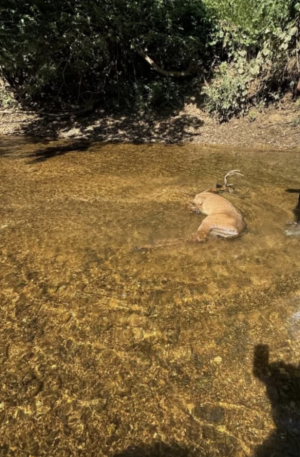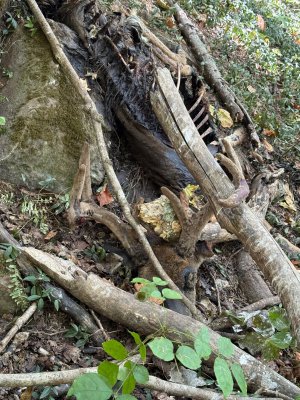Where I am (west of you some) we were hit hard in fall of 22 when we bought and have been trying to grow the herd back since. We also have OH's worst outfitter just north of us- leases 250ish ac, Hosted 80-100 low standards folks (due to be 1200 a week) who shot everything they saw with an affinity of taking 12-20 1&2yo bucks, and a a dozenish does a year off their corn mounds. Hes been displaced; Thank goodness. Point is the net equation was numbers declining. OH is ridiculous to allow a person with a small yard to have a corn feeder and crossbow and hunt (without purchasing a license...and likely sharing take data) as if that was hunting. While a rant and different direction...the state seems out of touch and that willl be exponentially worse with Tonk retiring. Bad to worse to broken/too late.
So that is a very difficult discussion point, for various reasons.
1. Other than EHD, Ohioans dont kill enough to keep the population from growing - at a state level. The state is, of course, worried that if it eliminates baiting, it will further drive down hunter success.
2. A counterpoint to this is my situation. I can shoot 3 deer on my farm (400 acres total managed). I normally try to save one tag for my buck, meaning I can shoot 2 does. The ODNR's response to this is "just invite more people". That is tough to do, as time is a limiting factor, and even in high DPSM areas, it's not a guaranteed kill. However, I have had good nights with a bow or gun in my hand where I could have killed 5-6, but I didnt have tags, so I just slowly watched as many walked off.
EHD is causing folks to talk, which is a good thing. I have asked for years for the ODNR to consider management zones based on townships or areas. With the drone tech today, we could get data on dpsm in these areas and set buck/doe tags accordingly. That way, if the guy with 2 acres shoots 10 does, it is an area that can support it. Likewise, if an area is below par for growth trajectory - that indiviual might only get 1 tag. I have neighbors who are GREAT folks, but they might shoot 1 doe a year on 500-600 acres. That is fine; they love seeing a lot of deer. My farm and my children's future timber should not suffer because I am unable to legally harvest more than a few does from the farm due to regulatory restrictions.
There is a significant amount of variability throughout the state, and it is clear that we need smaller managed areas than counties, with set bag limits based on densities. Sell tags per unit, and if one guy wants to hammer them, he can, and those who dont - dont. This would also stop an outfitter from getting unlimited tags on a smaller piece based on the hunter solely.
When an area is hit by EHD, we utilize drone or airplane technology. with thermals and count the deer. We can calculate. number, avg. recruitment, and avg. recovery time of that population - therefore, we can set bag limits.
That is my take, I personally don't think these equations are ones that are rivaling Einstein or Hesinberg. They are pretty straightforward, with a few variables that can be adjusted from year to year based on data.



